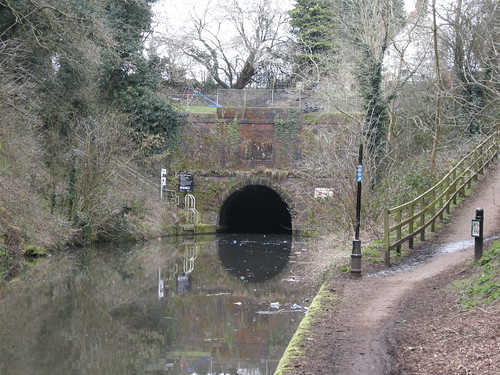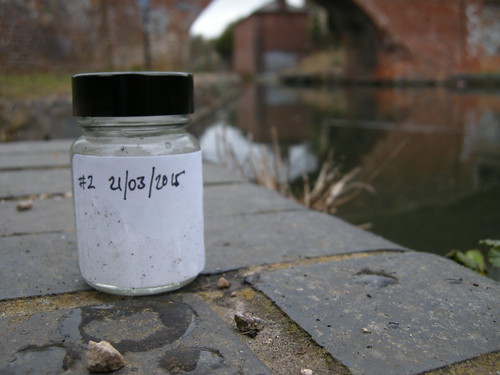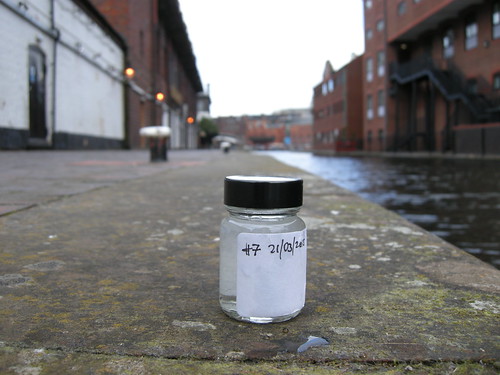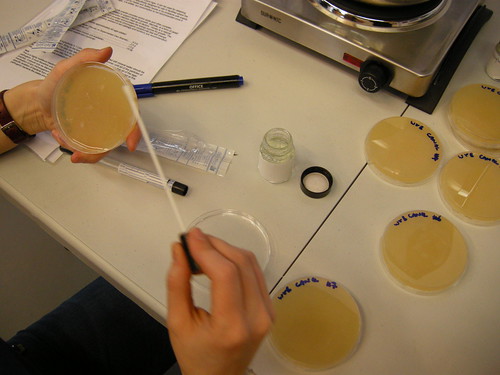R&D at Coventry Transport Museum
In amongst all the excitement about the Orrery project, I’m also one of 4 artists who have been commissioned by Coventry Transport Museum (CTM, working with QUAD Derby) to respond to their collections. Unsurprisingly, I proposed that I worked with their cycle collection, so things will be a bit bike-tastic around here for a while!

Super spokes
The commissions are to spend 10 days on research and development for a larger proposal that the museum may then choose to take forward later in the year. We’re being asked to “create something that will enhance the visitor experience and help to engage with new audiences for CTM”. I did a small amount of unpicking during my interview, but needless to say there’s a lot more work that I need to do before I understand exactly what the words ‘engagement’ and ‘audiences’ mean for the museum.
My residency doesn’t start properly for another couple of weeks, but finding myself in Coventry the other day with a spare hour or two I decided to do a bit of a recce to start my brain off.
It’s clear there are some interesting curatorial challenges to be worked with: I had been told during my interview that there’s an ongoing struggle to try and stop people from touching the exhibits. (I can’t deny this is hugely tempting, given the number of cranks and levers just within reach!) There are signs everywhere asking people not to touch and explaining that to do so would damage the items, however thankfully there are only a few items shielded behind a protective layer of glass and you can still peer at the details that catch your attention.

Difficult to resist turning the pedals and watching these chains in action

For when a head tube badge just doesn’t cut the mustard
You know how it is with supermarkets and museums: you often end up in sync with someone and your paths cross in every other aisle. On my visit one of the people I kept finding myself near was this man, and it was fascinating to watch how he interacted with the collection – mostly by leaning on it, it seems…

Handy man
I’ll try and resist too much speculation (is it a territorial thing? were the descriptions too low down for him?), but it was a good reminder that whatever ‘engagement’ I propose – and let’s face it; it’s unlikey to be passive – will have to work hard to flag up what’s an acceptable mode of interaction and how this might be different from the other things in the same space.
So, back to my experience as a visitor to the museum…
[Insert caveat about not having paid attention to anything but the cycles and also having no better suggestion as to how I’d organise the museum if I were given the task.] The collections are presented chronologically and mostly with an eye on the evolution of design. There’s some historical context, but in that broad brushstroke, dry, text book kind of way: wars, rational dress reform, unemployment as a result of the collapse of the ribbon industry. My engagement with it was mostly on an intellectual level.
This bike shone out in amongst the talk of step-through frames and pneumatic tyres:

1926 Gulson Touring Bicycle
Or rather, this story shone out in amongst the talk of step-through frames and the development of pneumatic tyres:

1926 Touring Love Story
This bicycle was purchased in 1928, by a Mr S.A. Lee. In the same year he cycled to Reigate where he began a romance ith a young woman.
He then regularly travelled the 120 miles form Coventry to Reigate on this bicycle to continue the courtship.
A story about a person! (Two people!)
Apparently I said something eloquent in my interview. I’m not sure I can remember it now, but I think it was along the lines of describing my job to be “to find the hooks that help people to link stories relating to the collection to the stories within their own lives and then to use that as a springboard for engaging with the objects inside the museum”.
Something like that. The importance of stories we can relate to, anyway.
As well as my own experiences of cycling, which I expect I’ll be able to link to things within the collection, after my two-week stint helping with the research on Kat Jungnickel’s Bikes and Bloomers project, I’ve been intrigued by the idea of the back stories behind the inventors and what the details in their day-to-day lives were that led them to try and design something differently. (For Bikes and Bloomers one of the things we were interested in was a patent for a transformable cycling dress designed by Alice Bygrave, I spent some time investigating her family history and we started to discover she was surrounded by a family of watchmakers and racing cyclists. And I would love to know more about the sort of experimental tinkering that it seems she was probably surrounded by as a matter of course!
So, first declaration of intent: I’m interested in the stories a layer or two below the surface.
Second declaration of intent is all about the making.

By the 1890s the cycle trade was booming and Coventry had developed the largest bicycle industry in the world. 248 cycle manufacturers were based in Coventry, and the industry employed nearly 40,000 workers.[source]
I’m reading statements like these a lot as I do my background reading to try and get my head around how important the cycle manufacturing industry was to Coventry and how important Coventry was to the cycle manufacturing industry. There’s something niggling away at the back of my brain though (or perhaps it’s in my sculptor’s fingers) and it’s the feeling that there’s something that gets hidden behind the words and the numbers. What does it actually mean to make a single bicycle, let alone 1,369 of them?
I want to better understand the time and skill that went into making the objects on display at the museum.
Probably all this will change once I have a chance to meet with the museum staff and find out more about what it is that they want to get out of the residency, but that’s where I’m at going in and I can’t wait to get started properly!
~~~
Walking home from the museum, I spotted this in one of the subways under the ring road:

?
Having spent the previous few hours looking at things like this:

Sociable
…my first thought was that it was obviously a cycle lane intended for use by riders of sociables, but on getting closer I think one of the bikes is probably facing in the opposite direction to the other one.
Q1: Which direction do the painted bikes near you face?
Q2: What happens when the effects of the museum leak outside and into the wider world?











